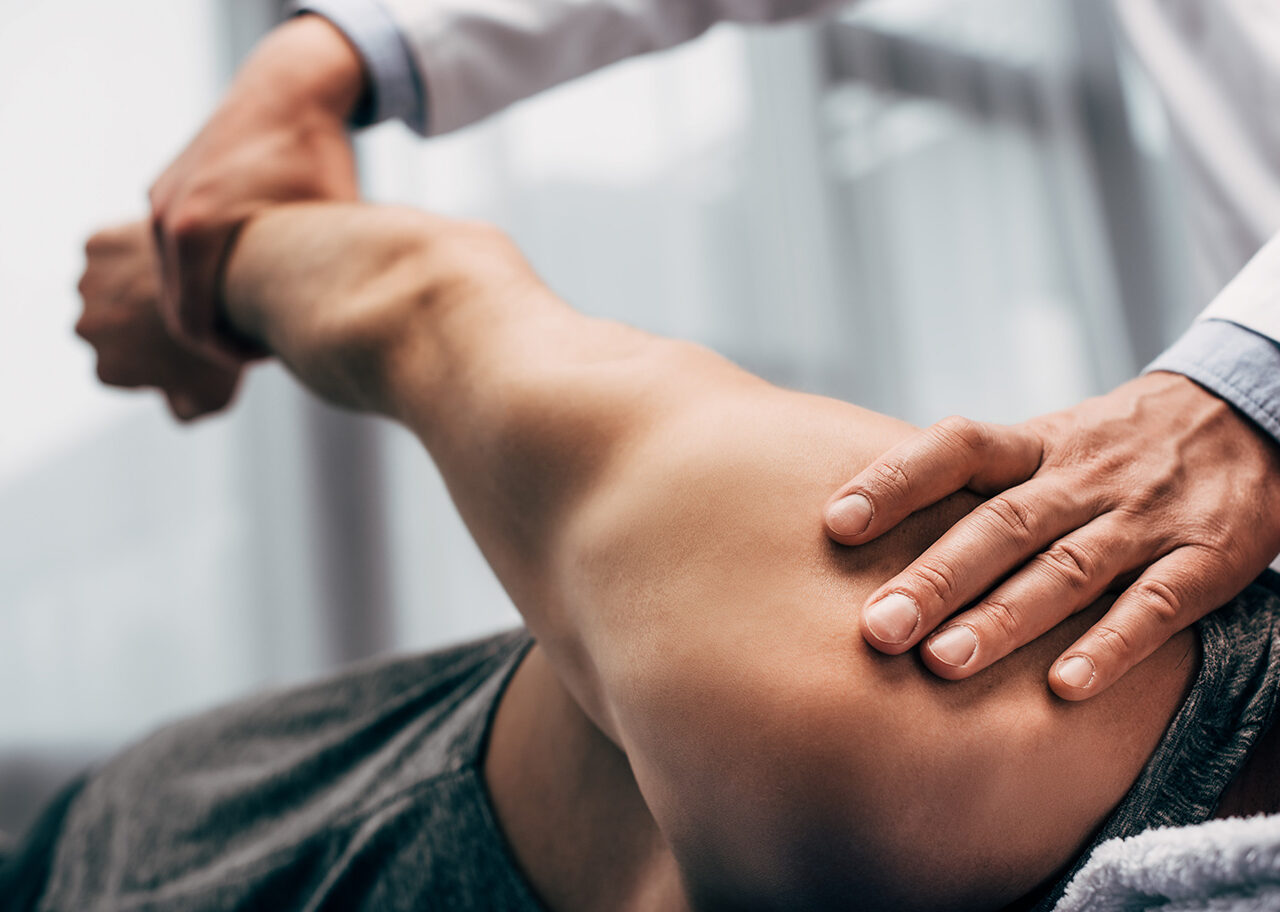Shoulder instability tends to occur in three groups of people:
1. Prior Shoulder Dislocations:
- Patients who have sustained a prior shoulder dislocation often develop chronic instability. In these patients, the ligaments that support the shoulder are torn when the dislocation occurs.
- If these ligaments heal too loosely, then the shoulder will be prone to repeat dislocation and episodes of instability.
- When younger patients (less than about 35 years old) sustain a traumatic dislocation, shoulder instability will follow in about 80% of patients.
2. Young Athletes Athletes:
- Who compete in sports that involve overhead activities may have a loose shoulder or multidirectional instability (MDI).
- These athletes, such as volleyball players, swimmers, and baseball pitchers, stretch out the shoulder capsule and ligaments, and may develop chronic shoulder instability.
- While they may not completely dislocate the joint, the apprehension, or feeling of being about to dislocate, may prevent their ability to play these sports or see a marked reduction in performance.
- These athletes, such as volleyball players, swimmers, and baseball pitchers whose sports involve repeated use of the arm above the head, stretch out the shoulder capsule and ligaments, and may develop chronic shoulder instability.
3. “Double-Jointed” Patients:
- Patients with some connective tissue disorders may have loose shoulder joints.
- In patients who have a condition that causes joint laxity, or being double-jointed, their joints may be too loose throughout their body. This can lead to shoulder instability and even dislocations.
What is the treatment of shoulder instability?
Chiropractors have many tools at their disposal to treat shoulder instability. Treatment depends on several factors and may often begin with chiropractic manipulation, mobilisation and followed by rehabilitation.
If patients complain of a feeling that their shoulder is loose or about to dislocate, chiropractic treatment with specific strengthening exercises will often help maintain the shoulder in proper position.
A strengthening regime will almost always focus on the rotator cuff musculature to build a stronger supportive network around the shoulder joint itself as well as focusing on more of the dynamic stabilisers of the shoulder, of which there are around 30.
Shoulder strengthening is most likely to help the second group of patients – athletes with multidirectional shoulder instability.
Sports taping and wearing a support are important adjunctive methods to stabilise the shoulder.
Other treatments sometimes used to treat shoulder instability include sclerosing injections and, if severe, surgery.




